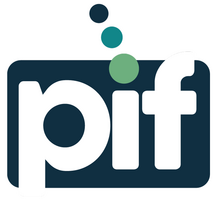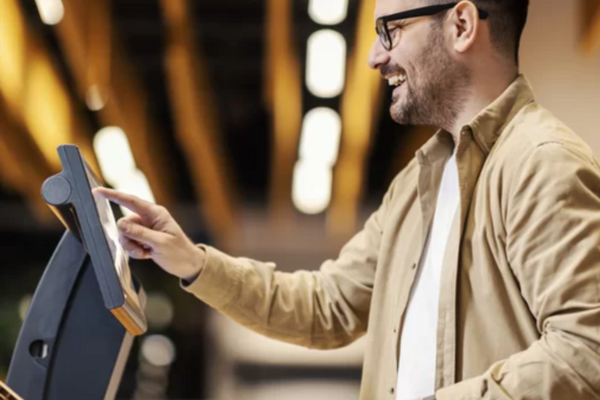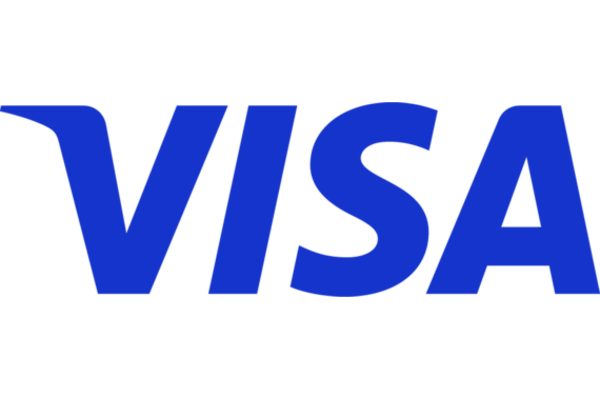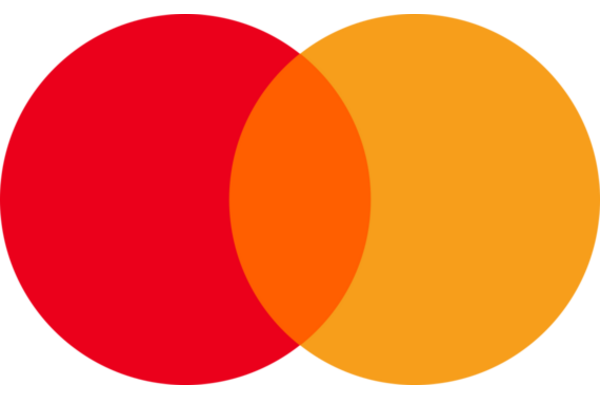Source: Paysafe
The UK and Brazil demonstrate differences and surprising similarities in their digital payment journeys. Contactless payments have blossomed in the UK, and are now very much part of the mainstream. Brazil, meanwhile, has seen the proliferation of bank transfers, largely due to incentives from its central bank.
But in both countries there is a need and appetite for the benefits alternative payment methods (APMs) provide. Our last Lost in Transaction report found that 68% of consumers prefer using payment methods that don't require them to share their financial details when paying – something digital wallets and eCash can provide.
Here, we look at how digital payments in Brazil and the UK align and how they differ, and where lessons can be learned to meet the needs of modern consumers, providing them with the best possible payment experience.
Traditional payments methods reign, but times are changing
Our research found that Brazilians prefer credit cards -- when asked which payment methods they had used over the previous month for general online products, 70% of Brazilians said credit card, versus 39% of Brits. While debit cards remain more popular for Brits – 77% had used it in the previous month, versus 47% of Brazilians.
And while these traditional payment methods may remain the preference, the digital payments landscape in Brazil is now being reshaped.
In the UK, contactless payments are everywhere. Synonymous with convenience, the mass adoption of contactless cards and mobile wallet apps has made everyday transactions quicker and easier than ever before. The expectation for swift, seamless payments is the same in Brazil, but contactless bank transfers have also grown massively in recent years.
Brazil’s Central Bank has helped drive this change, incentivizing consumers and merchants to embrace bank transfers, known as PIX, as a fee-free, efficient payment method. Because of this, PIX has seen enthusiastic adoption from both merchants and consumers in Brazil.
Consumers’ willingness to embrace new payment methods bodes well for merchants, who can incorporate an increasing number of APMs to meet the specific needs of people around the world.
Payment choice is key for consumers
As payment preferences grow more diverse, demonstrated by emerging trends in both Brazil and the UK, merchants can benefit from offering multiple payment options.
eCash, or online cash, for example, combines physical currency with the digital world, offering security and convenience for consumers. According to our research, 9% of Brazilians confirmed recent usage of eCash -- paying in cash at local stores using a QR code or barcode generated online -- versus 3% of Brits. There is room to grow in both markets.
By broadening their payment ecosystem, merchants can cater to a wider audience, including those who prefer contactless, card-based payments and those who opt for APMs like bank transfers or eCash. This can extend the merchant's reach and maximize revenue potential.
Additionally, businesses that offer a range of payment choices can boost their conversion rates – when consumers have the flexibility to choose their preferred payment method, they are more likely to complete their transactions without hesitation. Especially if that transaction is swift and friction-free.
The Brazilian bank transfer example indicates that through incentives and education, consumer and merchant adoption of alternative payment methods can grow in any country, including the UK. By fostering this growth, digital payments in Brazil, the UK, and around the world can evolve, and deliver even greater experiences for consumers.
To learn more about global payment trends, check out our Lost in Transaction 2023 report.







